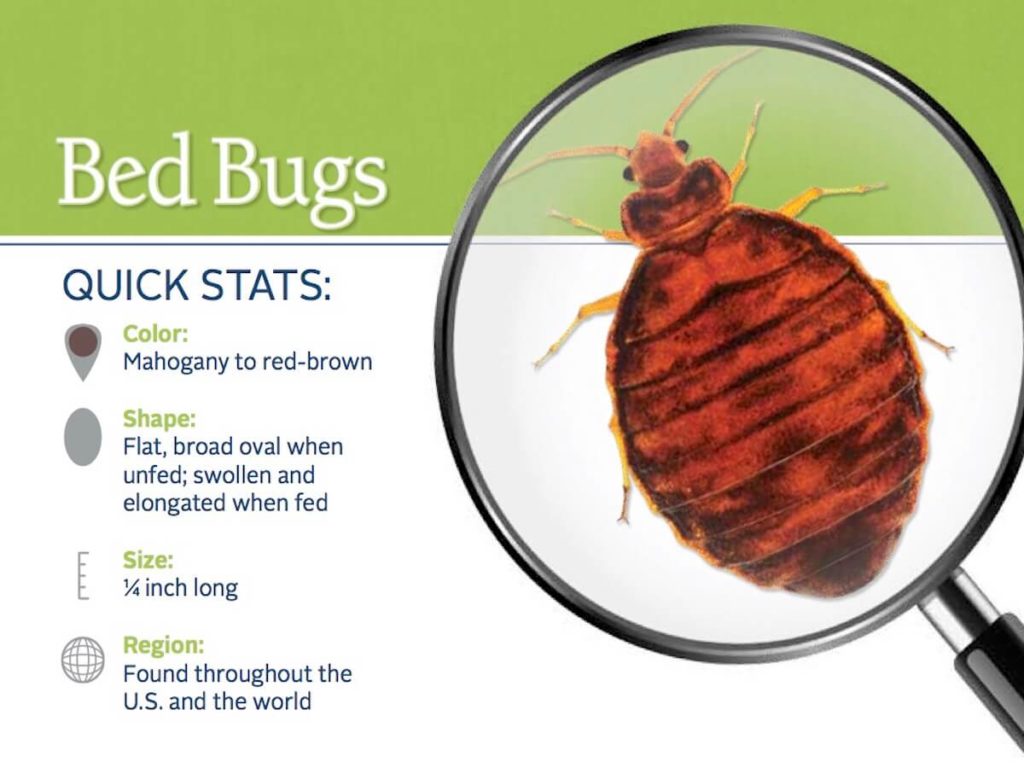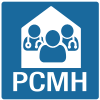
This post was written by Laura Anderson, MSN, FNP-BC, APNP. Laura is a board certified family nurse practitioner at the Beloit Area Community Health Center.
Dealing with bed bugs

Summer vacations are in full swing and with that families may be bringing back home with them some unwanted souvenirs, bed bugs. From hotels and vacation homes to movie theaters and planes, bed bugs may be lurking in the many places people turn to for fun.
Bed bugs are small, oval, brownish insects that live on the blood of human and animals. They are more of a nuisance than an actual health risk, and do not transmit diseases. Their bite may produce an allergic reaction in some, but more commonly, an itchy rash. The rash may take a few days to develop after they have fed on a human host and often appears in a line or a cluster.
Bedbugs are excellent hitchhikers and may be brought home in suitcases and backpacks. For this reason, it is important to wash and dry all items in hot water before leaving your rental property and immediately upon returning home.
Bed bugs will hide in mattresses, headboards, bed frames, wallpaper, molding trim, among other places that will be close enough to bite on a host at night. Signs that you may have brought bed bugs home from a trip are; waking up to bites that were not there before going to bed, blood stains on your pillowcase or sheets, and bed bug fecal spots.
If you do have bites, you may use an over the counter hydrocortisone lotion to relieve itching. Avoid scratching affected areas, as bacteria within the fingernails can produce infection. If you do develop oozing, redness or warmth to the affected area, or a fever, see a medical provider as they can prescribe antibiotics for infection.
Getting rid of bed bugs may be a difficult task. Begin by washing all of your clothes and bedding in hot water. The water temperature must be at least 120°F to kill the bugs. Then make sure to dry all items on the hottest setting possible. Vacuum your mattress and furniture and make sure to empty the canister and dispose into a sealed bag. Conceal the mattress with a bed bug mattress cover.
Because bed bugs can go months without a feeding and can hide in the tiniest of places, a professional may need to come into the home.













